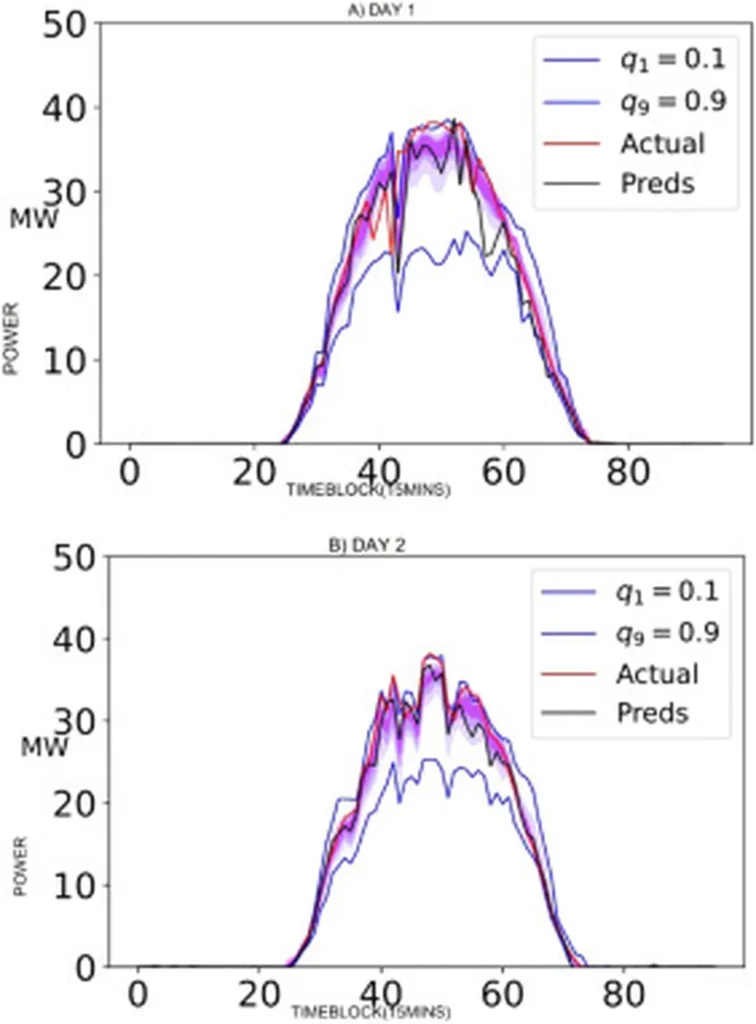In the quest to seamlessly integrate renewable energy sources into our power grids, accurate forecasting of solar irradiation has emerged as a critical challenge. A recent study published in the journal *Solar Energy Advances* (translated from German as *Advances in Solar Energy*) offers a promising solution, leveraging advanced statistical models to enhance the predictability of solar energy. The research, led by Michael Obeng from the Kwame Nkrumah University of Science and Technology College of Engineering in Ghana, introduces a novel approach that could significantly improve the reliability and efficiency of solar power integration.
The study focuses on developing probabilistic forecasts for short-term solar irradiation, a task that has traditionally been fraught with complexities due to the variable nature of solar energy. Obeng and his team propose integrating a Bayesian non-parametric (BNP) clustering model based on the infinite hidden Markov model (iHMM) into the forecasting process. This approach is designed to capture the intricate, non-linear relationships between data points while maintaining the temporal dependencies through transition probabilities between states.
“Our model effectively identifies latent patterns in solar irradiation data, providing valuable insights into its temporal variability,” Obeng explains. “By leveraging the iHMM clustering model, we can enhance the interpretability of the forecasting process without compromising predictive performance.”
The iHMM is defined through a hierarchical Dirichlet process realized via a stick-breaking construction, a sophisticated method that allows the model to adaptively determine the number of clusters needed to represent the data. This flexibility is crucial for accurately capturing the diverse and dynamic patterns in solar irradiation.
The research demonstrates that the proposed models not only improve forecast calibration but also mitigate over-dispersion, a common issue in probabilistic forecasting. Moreover, the models achieve a significant improvement in continuous ranked probability skill scores (CRPS) compared to benchmark models, ranging from 32% to 37%. This enhancement in forecasting accuracy is a game-changer for the energy sector, as it enables better planning and management of solar power integration into the grid.
The implications of this research are far-reaching. Accurate probabilistic forecasts are essential for ensuring a reliable and secure electricity supply, particularly as the world increasingly turns to renewable energy sources. By improving the predictability of solar irradiation, this study paves the way for more efficient and cost-effective integration of solar power into the grid.
“Our findings highlight the potential of advanced statistical models in addressing the challenges of renewable energy integration,” Obeng notes. “This research not only advances the field of solar energy forecasting but also contributes to the broader goal of achieving a sustainable and resilient energy future.”
As the energy sector continues to evolve, the integration of innovative forecasting techniques like the one proposed by Obeng and his team will be crucial. By enhancing the reliability and efficiency of solar power, these advancements can help drive the transition to a cleaner, more sustainable energy landscape.
The study, published in *Solar Energy Advances*, represents a significant step forward in the quest for reliable and accurate solar irradiation forecasting. As the world grapples with the challenges of climate change and the need for sustainable energy solutions, research like this offers hope for a brighter, more energy-secure future.

